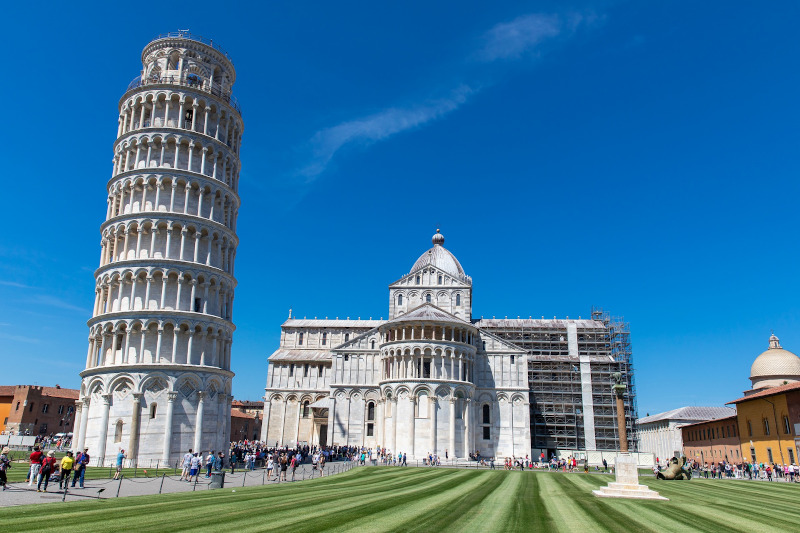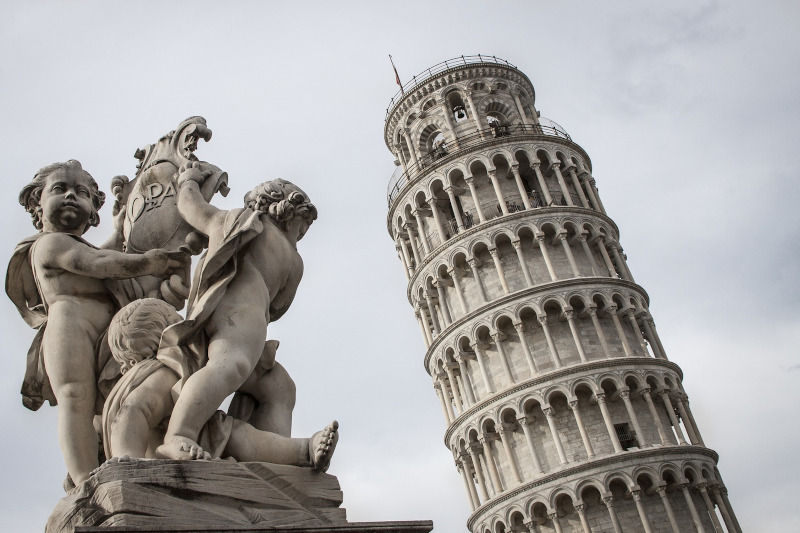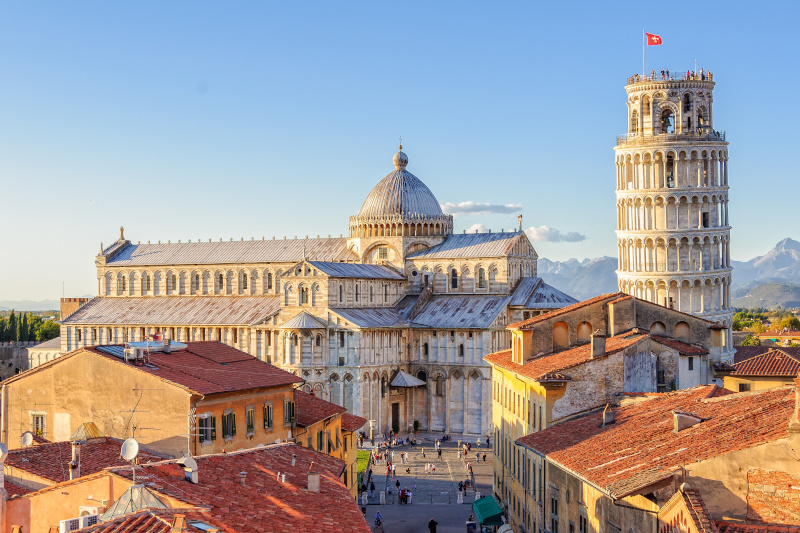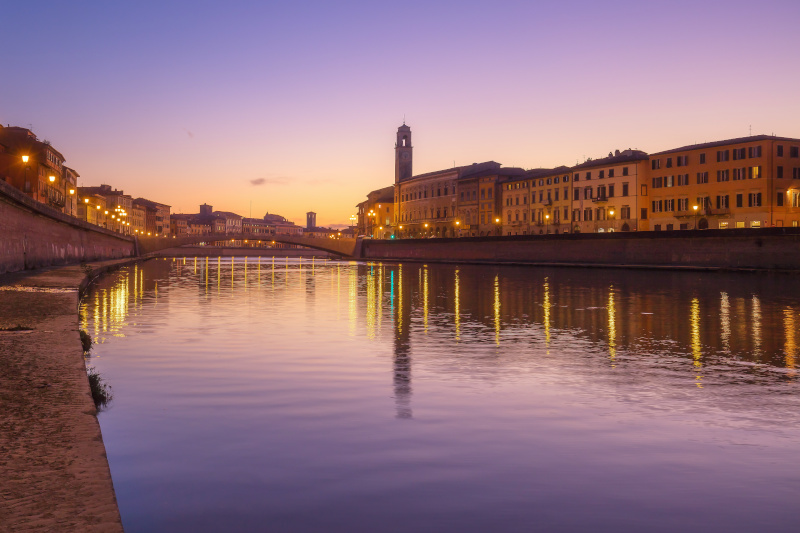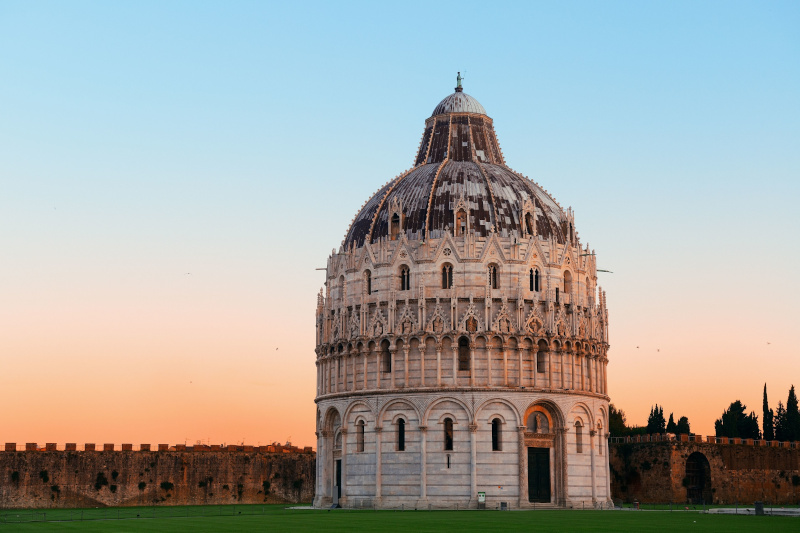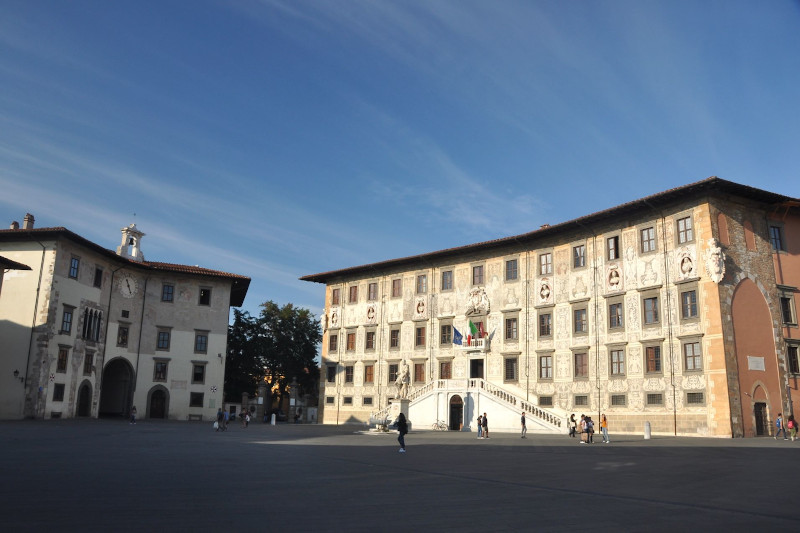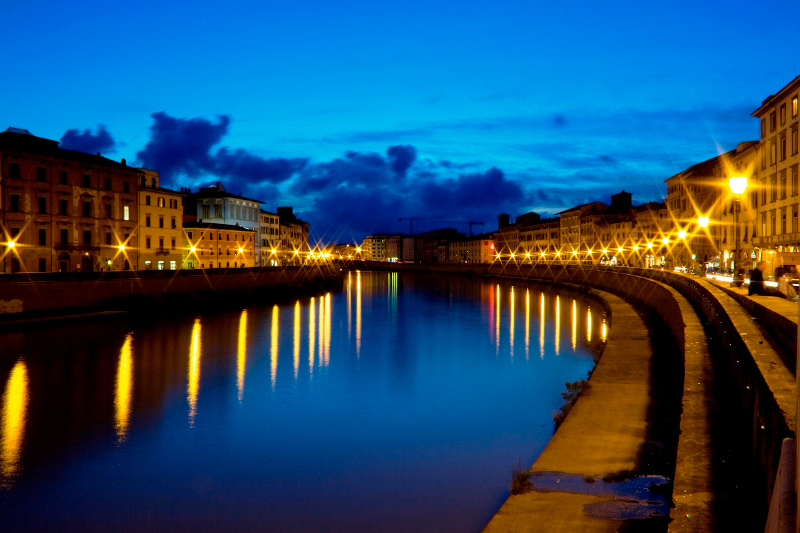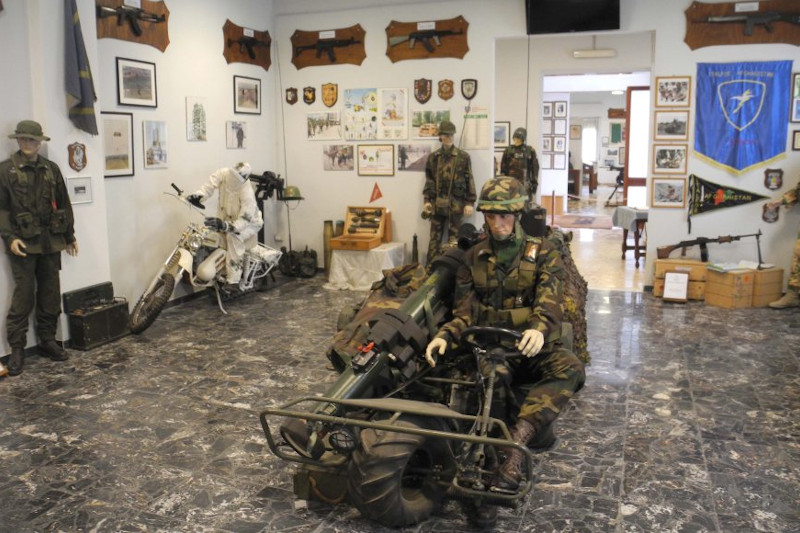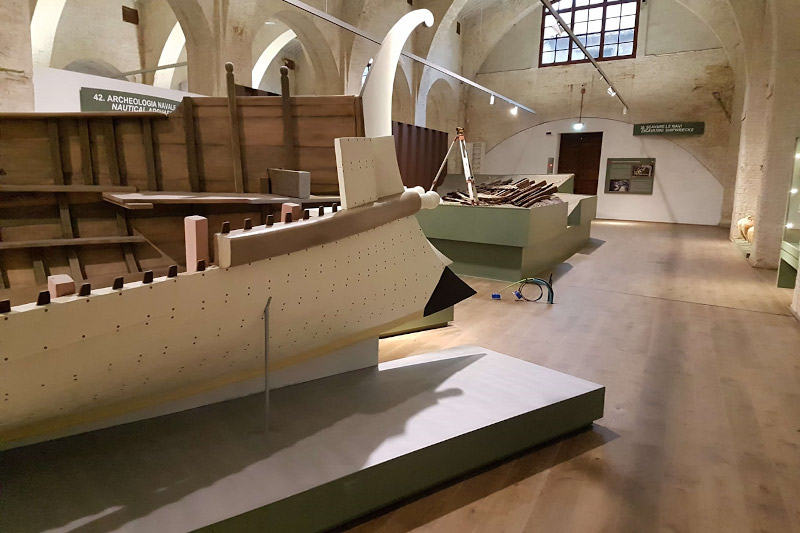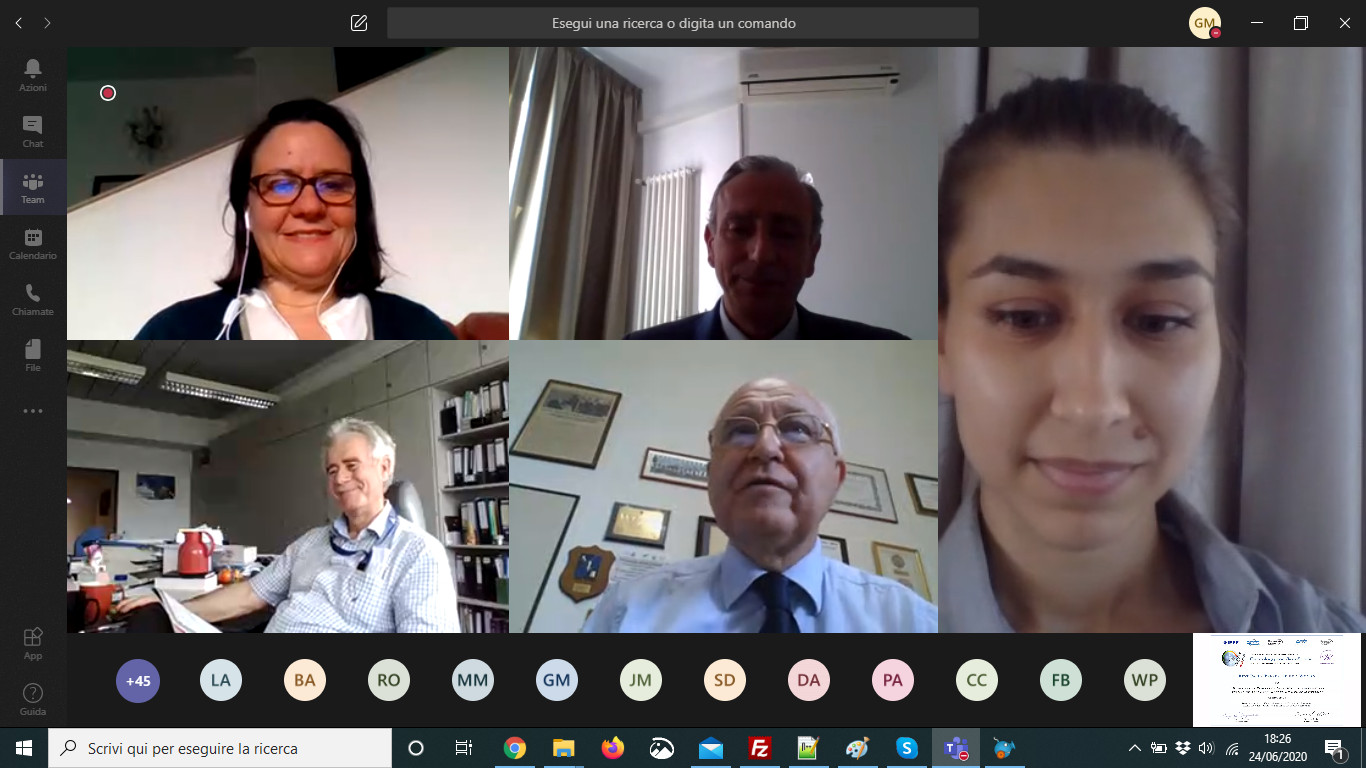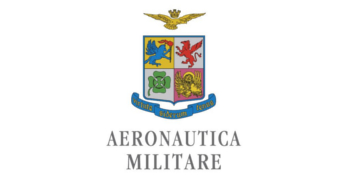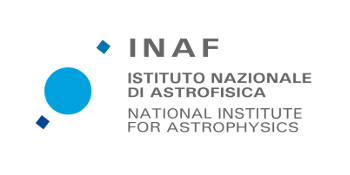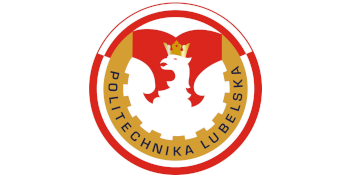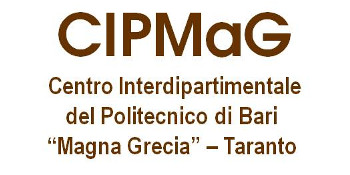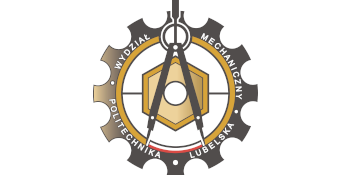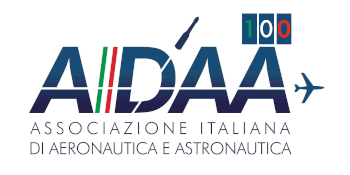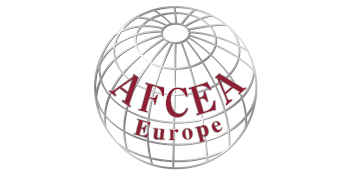Welcome to Pisa
Once a maritime power to rival Genoa and Venice, Pisa now draws its fame from an architectural project gone terribly wrong. But the world-famous Leaning Tower is just one of many noteworthy sights in this compelling city. Education has fuelled the local economy since the 1400s, and students from across Italy compete for places in its elite university. This endows the centre of town with a vibrant cafe and bar scene, balancing an enviable portfolio of well-maintained Romanesque buildings, Gothic churches and Renaissance piazzas with a lively street life dominated by locals rather than tourists – a charm you will definitely not discover if you restrict your visit to Piazza dei Miracoli.
Leaning Tower of Pisa
Leaning Tower of Pisa, Italian Torre Pendente di Pisa, medieval structure in Pisa, Italy, that is famous for the settling of its foundations, which caused it to lean 5.5 degrees (about 15 feet (4.5 metres) from the perpendicular in the late 20th century. Extensive work was subsequently done to straighten the tower, and its lean was ultimately reduced to less than 4.0 degrees.
The foundations have been strengthened by the injection of cement grout and various types of bracing and reinforcement, but in the late 20th century the structure was still subsiding, at the rate of 0.05 inch (1.2 mm) per year, and was in danger of collapse. In 1990 the tower was closed and all the bells silenced as engineers undertook a major straightening project. Earth was siphoned from underneath the foundations, decreasing the lean by 17 inches (44 cm) to 13.5 feet (4.1 metres); the work was completed in May 2001, and the structure was reopened to visitors. The tower continued to straighten without further excavation, until in May 2008 sensors showed that the motion had finally stopped, at a total improvement of 19 inches (48 cm). Engineers expected the tower to remain stable for at least 200 years.
The Square of Miracles
The Campo dei Miracoli in Pisa, the Square of Miracles in English, was proclaimed a World Heritage Site by UNESCO in 1987. The square is not located right smack in the center of the city as you might imagine but along the north western edge along the city's fortified wall, almost out of the center. This is where space was available back in 1094 when construction was first started on the cathedral.
As in most cities, the square was called Piazza del Duomo until Italian writer and poet Gabriele d'Annunzio described the square as the "prato dei Miracoli," or "meadow of miracles" in his novel Forse che sì forse che no (1910). The square is now simply known as the Campo dei Miracoli, which is literally the "Field of Miracles".
Construction of the Duomo began in the 11th century and, after many changes, was actually only completed in the 19th century.
Knights’ Square
Piazza dei Cavalieri (Knights’ Square), is an important landmark in Italy, being one of the squares of Pisa. A political centre in medieval times, the place holds significance due to the fact that it used to be the headquarters of the Order of the Knights. The Knights of St. Stephen built this society in the middle of the 16th century.
Currently, the square is the main part where the Scuola Normale di Pisa is housed. Situated in the forum of Portus Pisanus, the square is also referred to as the Piazza delle sette vie (The Square of the seven streets). It was the political centre of its time and after 1140 saw the construction of many churches and buildings belonging to different municipalities and administrators.
Lungarnos of Pisa
Lungarnos are quays that run along a river; Pisa's ones, with their beautiful palaces and romantic bridges over them, have been the heart and soul of the city for centuries. Today, it is possible to walk along them to admire river Arno and its surroundings and, especially if the weather is good, to stop and eat an ice cream or get a drink in one of the several cafes along them.
Historical Museum of the Air Troops
We give notice of the opening to the public of the Historical Museum of the Air Troops, we had the opportunity to be hosted some time ago and we anticipate some photos of what awaits you inside it.
The Museum was born inside the "Vannucci" barracks in Livorno. In 1992 he was transferred to some rooms specially set up inside the "Palazzo del Picchetto" headquarters of the "Bagna" barracks in the same city. After various vicissitudes, thanks to the interest of the Commanders of the Folgore Brigade who have succeeded in leading the great Unit, we arrive at an important relocation of the Museum to the parent company of the Italian military parachuting: the Skydiving Training Center in Pisa. The Museum is spread over 15 exhibition rooms arranged in chronological order, occupies an area of over 800 square meters and collects about 3000 pieces of the most diverse types of material. Uniforms, armaments, coats of arms, badges, soldier's common objects and authentic documents tell the story of the paratroopers thanks also to the donations of veterans of each of every age and of their families, who have thus wanted to leave posterity with them or their loved ones . It is also a duty to acknowledge the contribution of the National Paratroopers Association of Italy (ANPdI), materializing in the promotion of subscriptions in favor of the Museum and in the research among its members of materials and period relics.
The Museum is located in Via di Gello 138, Pisa.
Opening times: Tuesday to Saturday 09.30-12.30 / 14.00-17.00, Sunday 09.30-13.00
Le Navi Antiche di Pisa
The exhibit of “Le Navi Antiche di Pisa” is hosted in the rooms and the aisles of the Arsenali Medicei” (the Medici Arsenals) in Pisa. It is dived into eight sections: The city between the two rivers; Earth and waters; The fury of waters; Navalia; Ships; Trades; Navigation; Life on board.
The average duration of a tour is 90 minutes.
The exhibition of “Le Navi Antiche di Pisa” takes place in the halls and aisles of the “Arsenali Medicei” (the Medici Arsenals), along river Arno. Originally, these were warehouses destined to the building and upkeep of the galleys used by the knights of the order of St. Stephen – the Order of Chivalry whose duty was to protect the coasts from the Saracen threat. The arsenals were soon abandoned and became first barracks, and then stables. Until the middle of the 20th century, they hosted the Italian Army’s horse breeding centre.
The intention to preserve the structure of the Arsenals influenced the museum’s choices, mainly in rooms I, II and VIII, where the maintenance of the horse boxes imposed a narration structured in microchapters, similar to mini-steps. The large volumes of the aisles, instead, are the ideal space to display the big restored ships.
The Museum is located in Lungarno Ranieri Simonelli, 16, Pisa.
Opening days: Wednesday | Friday | Saturday | Sunday
Closing days: Every Monday





